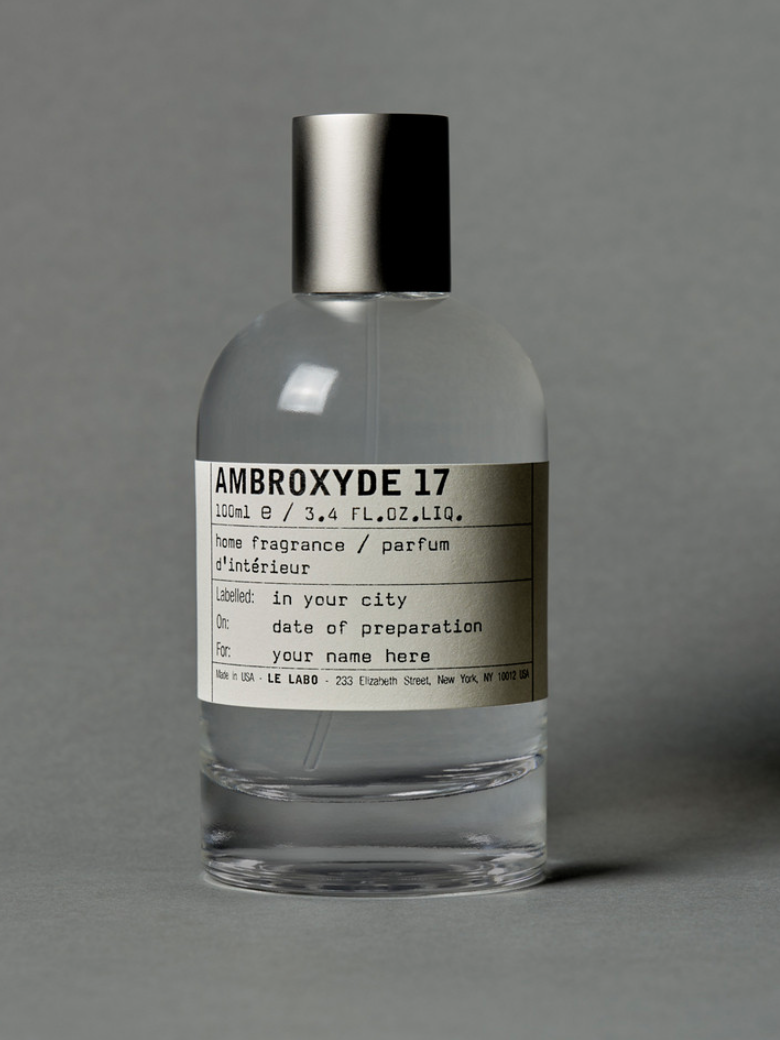How to Minimize Environmental Pollution from Glass Cosmetic Packaging
When it comes to cosmetic packaging, many consumers believe that glass bottles are more environmentally friendly than plastic ones. However, the reality is that not all glass packaging is created equal. While glass is known for its recyclability, many post-processing techniques—such as frosting and spraying—can contribute to significant environmental harm.
The Environmental Impact of Glass Bottles
Take, for instance, a green glass bottle that undergoes three processing steps: coloring, texturing, and silk screening. Similarly, a white glass bottle may go through three stages: white coloring, smoothing, and spray printing. Each of these processes not only increases production costs but also results in waste and emissions, posing a serious threat to our environment.


While these bottles may exude luxury and high-end appeal, they fall short in terms of eco-friendliness. Moreover, the dyes used in these processes can compromise the bottles’ recyclability and safety.
Eco-Friendly Alternatives: Simple Glass Designs
On the other hand, glass bottles that undergo minimal processing, requiring only the addition of a label, present a far more sustainable option. These simpler designs lead to lower production costs and significantly less environmental impact.


As consumers and brands navigate the cosmetics packaging landscape, it’s crucial to prioritize environmental considerations. By opting for glass bottles that avoid excessive processing, we can collectively work towards reducing environmental pollution and fostering a more sustainable future.
